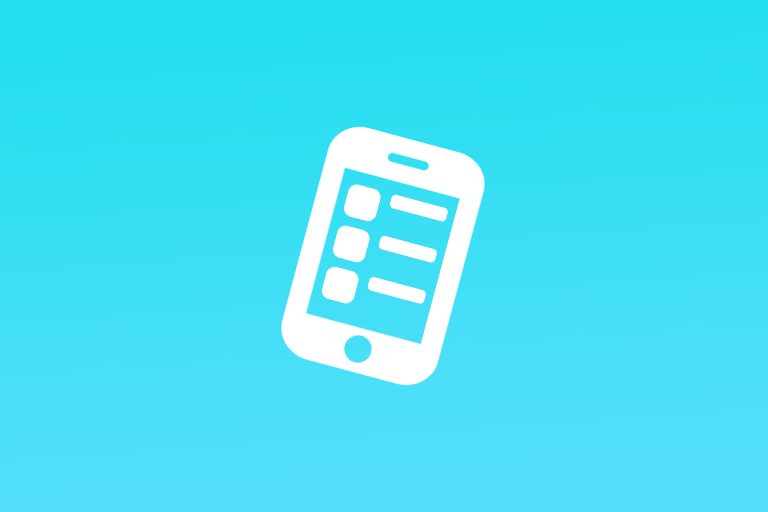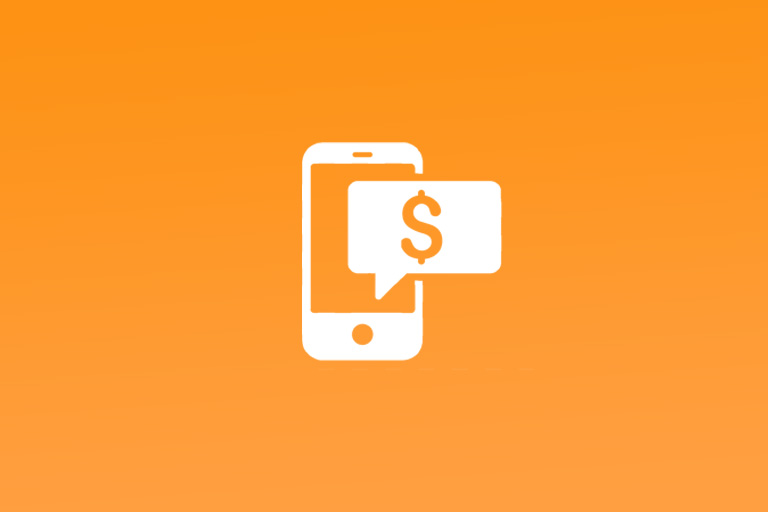Understanding App Development Processes
In today’s digital era, app development has become a cornerstone of technological innovation, powering everything from mobile games to enterprise software solutions. However, understanding the intricacies of app development can be challenging, especially for those new to the field. This article aims to demystify the app development process by breaking it down into clear, manageable stages.
1. Ideation and Conceptualization
Every successful app begins with a solid idea. During the ideation phase, developers, stakeholders, and designers brainstorm to identify the app's core purpose, target audience, and primary features. This stage often involves:
- Market Research: Understanding user needs and analyzing competitors.
- Defining Objectives: Establishing what the app aims to achieve.
- Creating a Value Proposition: Determining what makes the app unique.
Tools like mind maps, user personas, and SWOT analyses help refine the app concept and set the stage for development.
2. Planning and Strategy
Once the idea is clear, the next step involves detailed planning. This stage ensures the development process is structured and aligns with business goals. Key tasks include:
- Defining Technical Requirements: Choosing platforms (iOS, Android, web) and technologies (native, hybrid, or cross-platform frameworks).
- Setting a Timeline and Budget: Allocating resources and establishing milestones.
- Wireframing and Prototyping: Creating basic layouts and interactive prototypes to visualize the app’s flow and functionality.
Project management tools like Trello, Asana, or Jira are often used to track progress and ensure effective collaboration.
3. Design
The design phase focuses on the app's user interface (UI) and user experience (UX). A well-designed app is intuitive, visually appealing, and user-friendly. This stage includes:
- UI Design: Crafting the visual elements such as buttons, icons, and color schemes.
- UX Design: Designing the app's navigation and overall user flow to maximize usability.
- Iterative Testing: Gathering user feedback on prototypes to refine the design.
Popular design tools include Figma, Sketch, and Adobe XD.
4. Development
The development phase is where the actual coding happens. This stage is divided into two main parts:
- Frontend Development: Focuses on the client-side, or the parts of the app users interact with.
- Backend Development: Handles server-side logic, databases, and APIs to support app functionality.
Developers often use version control systems like Git to manage code and collaborate efficiently.
5. Testing
Before an app can be released, it must undergo rigorous testing to ensure it functions as intended. Testing involves:
- Unit Testing: Verifying individual components work correctly.
- Integration Testing: Ensuring different modules work together seamlessly.
- User Acceptance Testing (UAT): Collecting feedback from real users to identify bugs or usability issues.
- Performance and Security Testing: Ensuring the app performs well under load and is secure from vulnerabilities.
Automated testing tools like Selenium, Appium, or manual testing methods may be used, depending on the project’s needs.
6. Deployment
Once the app is thoroughly tested, it’s ready for deployment. This involves:
- Publishing the App: Submitting the app to platforms like the Apple App Store, Google Play Store, or deploying it on a private server for web apps.
- Monitoring: Tracking app performance and user feedback post-launch.
App stores have specific guidelines for approval, so developers must ensure compliance to avoid delays.
7. Maintenance and Updates
Development doesn’t stop at deployment. Ongoing maintenance is crucial to keep the app functional, secure, and relevant. This phase involves:
- Bug Fixes: Addressing issues reported by users.
- Feature Enhancements: Adding new functionalities based on user feedback or market trends.
- Performance Optimization: Ensuring the app runs smoothly as user demand grows.
Regular updates are essential to maintain user engagement and competitiveness.
Understanding the app development process helps businesses and developers work efficiently and achieve their goals. By following a structured approach—ideation, planning, design, development, testing, deployment, and maintenance—teams can create high-quality apps that meet user needs and drive success.
Whether you're a business owner, aspiring developer, or tech enthusiast, grasping these stages is crucial for navigating the dynamic world of app development.







